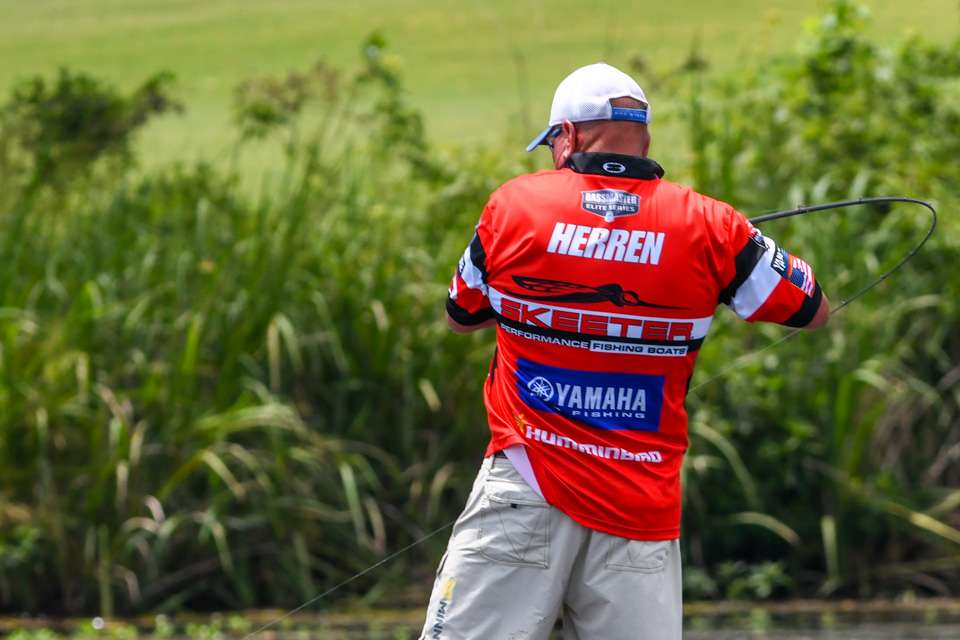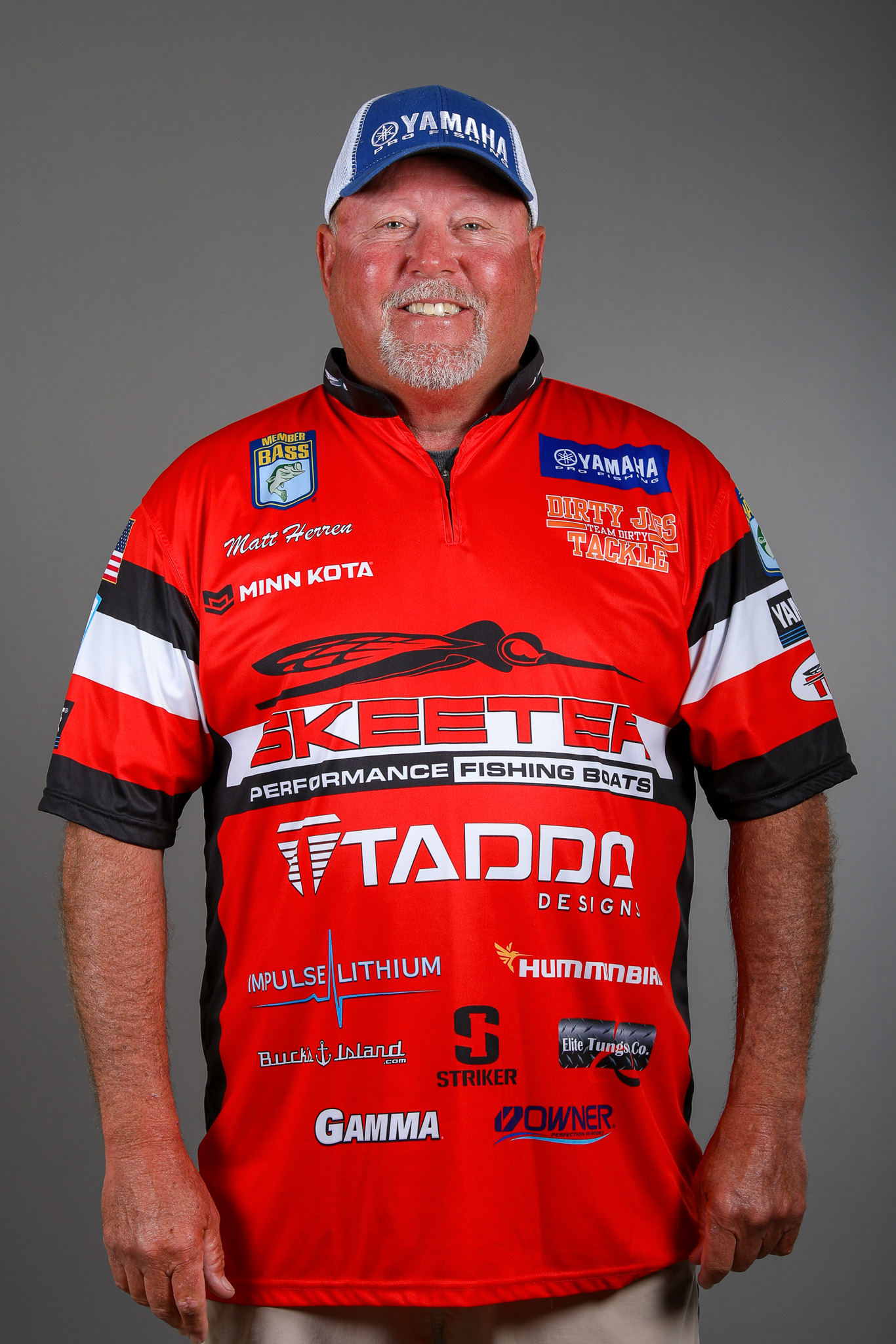
Now that we’ve gotten through the 2019 Bassmaster Elite Series season and the Toyota Bassmaster Angler of the Year Championship is behind us, I can just go fun fishing. It’s really nice to get a chance to play knowing that I’m in the 50th Bassmaster Classic in my home state of Alabama on Lake Guntersville.
It’s especially nice because this is one of my favorite times of the year to go fishing. One of the main reasons it’s my favorite is because it’s squarebill time. There’s likely no better time of the year to go toss a squarebilled crankbait around than in the fall of the year. They’ll catch ‘em year-round, but this is when they truly shine.
As the days get shorter — even though it’s still warm outside — the reduced sunlight starts to drop water temperatures a degree or two, and the shad start to make their moves into the bays, pockets and creeks, and the bass follow them.
When they make their moves, bass will set up on every piece of cover you can find in those shallows, and while a Kistler Flippin’ rod and a Matt Herren Flippin’ Jig from Dirty Jigs with a Reaction Innovations Sweet Beaver or Spicy Beaver will catch a few, it’s best to try and capitalize on the shad movement.
Bass get really tuned in to the bait this time of the year, and that’s why matching the hatch with a lure is so critical. Color is important, but so is the size of the lure.
The shad will vary in size from late in the year spawn to mature shad, so figuring out what size they are will help a bunch. If the fish are chasing gizzard shad, then you need to choose a larger-bodied crankbait, and vice versa. If the bait is smaller threadfin, you’ll need a smaller lure.
Before I get into technique, here’s a lineup of squarebills by size of baitfish:
- Gizzard Shad – a Fat Bodied, hard thumping bait like the PH Custom Lures Mag Hunter Squarebill.
- Average Shad 2- to 3-inch – This is my most often used category – for this I like my PH Custon Lures Matt Herren 2.0.
- Small Shad – PH Custom Lures Tiny Hunter Squarebill.
As you can see, I love balsa squarebills. The reasons I love them so much are many, but the two most prominent ones are that each one is unique because they are handmade, and each piece of wood has a little different density, and every little inconsistency makes each lure have its own personality. The hunting action, and the buoyancy will all be different, so they all are unique.
Other than the action, a balsa bait is like the four-wheel drive fishing lure. They crawl through cover better than almost anything and still give you the ability to fish a moving bait through the cover when bass are aggressive. When you hit something like a branch, a stump or a dock, these will crawl over, or you can release pressure and it will float back up and out of the cover.
I like to wind these baits around docks, rocky shorelines, stumps and brush. I use a 7-foot heavy action Kistler Reel N Feel rod and 6.3:1 Daiwa Tatula 150 reel, and the line I choose depends on the conditions. If I need to fish super shallow, and through heavy cover, I go with a 20-pound-test Gamma Polyflex Copolymer line, but if I need the bait to run deeper, I’ll go as low as 12-pound-test Gamma Edge Fluorocarbon. These lures will run 18 inches to 2 feet on heavy line and can get as deep as 6 feet with the lighter Fluorocarbon.
For colors, I stay as natural as possible, and with the water being clearer from lack of rains this time of the year, I like to use foiled colors. My favorites are called Money and Grey Ghost; they are the best shad colored baits for this time of the year.
Well, I’d love to stay around and write a little more, but I’ve got some work to do on my Skeeter Boat from the end of the year, and then I’m gonna go fishing.
See ya!





